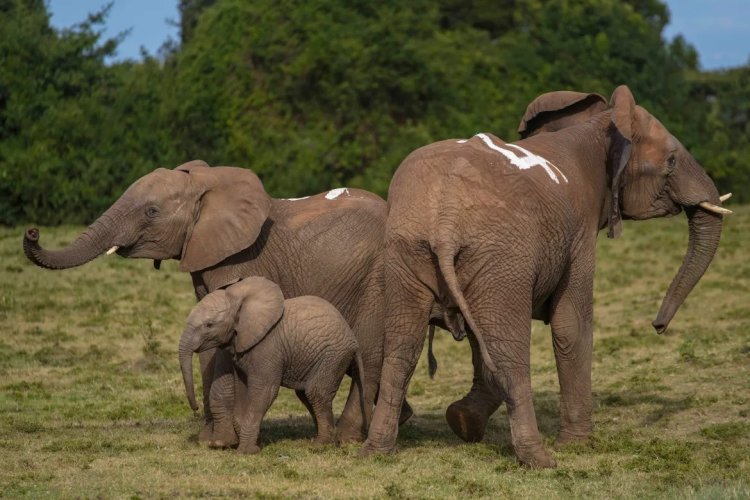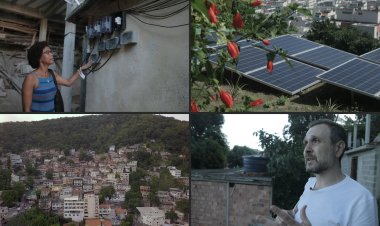Kenya relocates elephants to reduce overpopulation

Kenya's wildlife conservation efforts have led to a remarkable increase in the elephant population at the Mwea National Reserve, prompting a large-scale relocation operation. The reserve, which had a maximum capacity of 50 elephants, now hosts 156, necessitating the transfer of about 100 elephants to maintain ecological balance.
Tourism Minister Rebecca Miano oversaw the relocation of five elephants to the Aberdare National Park, with plans to move a total of 50 elephants.
Kenya Wildlife Service Director General Erustus Kanga highlighted this overpopulation as a testament to successful conservation efforts over the past three decades, citing reduced poaching and thriving elephant populations.
The relocation process, which began last week, involves a team of over 100 wildlife specialists using a range of equipment, including specially fitted trucks, aircraft, and cruisers. The operation starts at dawn with aerial surveillance to locate elephant herds. Helicopters then herd and separate the elephants to ensure family units remain intact during relocation.
The process involves tranquilizing elephants, monitoring their vital signs, and carefully transporting them 120 km to their new home in the Aberdare National Park, which spans 780 square kilometers.
This relocation effort also aims to mitigate human-wildlife conflict. Local resident Boniface Mbau expressed satisfaction with the government's decision, noting that the high elephant numbers had led to farm invasions due to insufficient food in the reserve.
The project, costing at least 12 million Kenyan shillings ($93,000), underscores Kenya's commitment to wildlife conservation and management. The country's national parks and reserves, home to diverse wildlife species, attract millions of visitors annually, cementing Kenya's status as a prime tourism destination.















